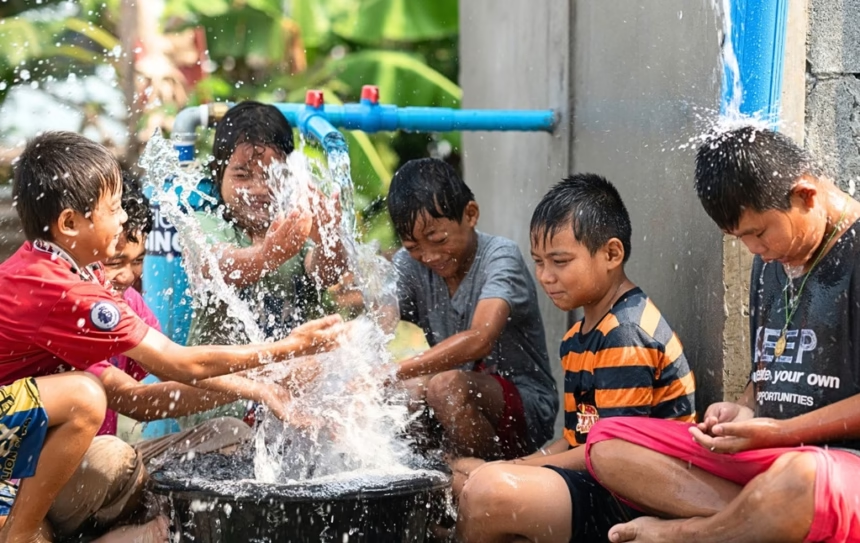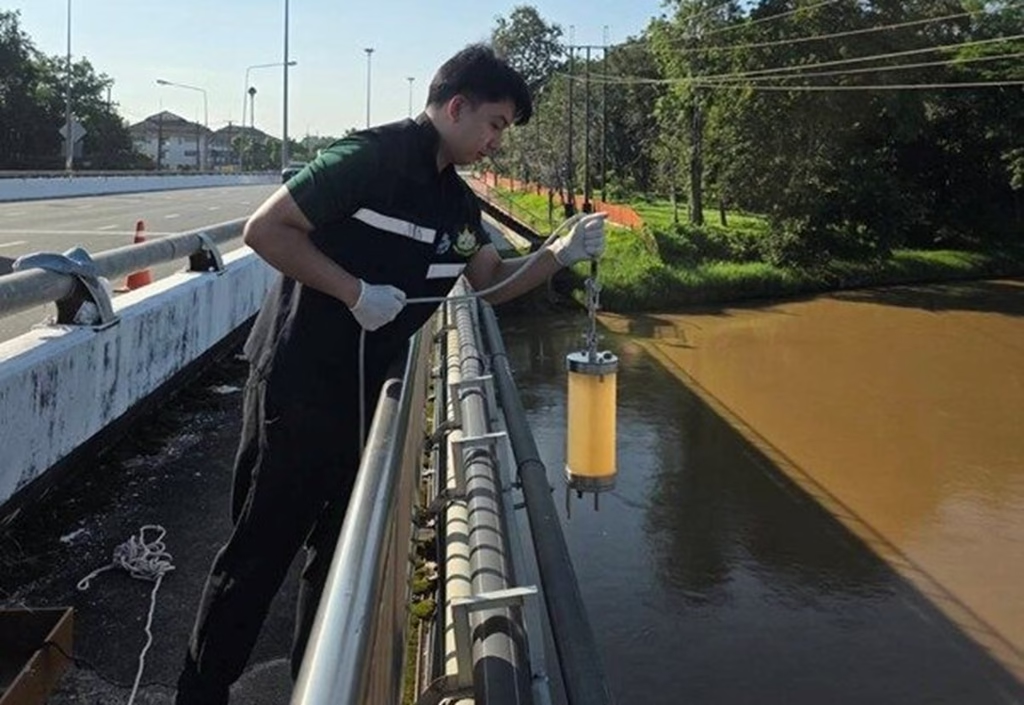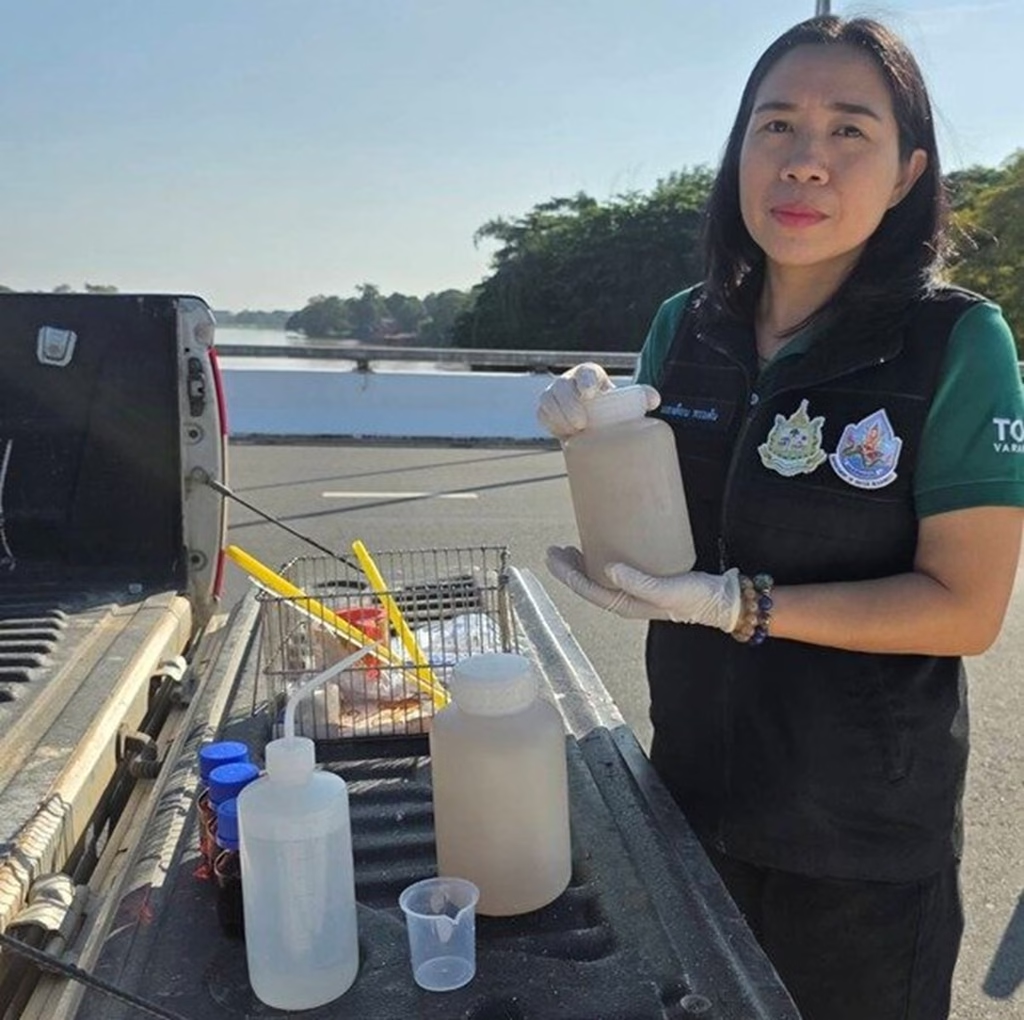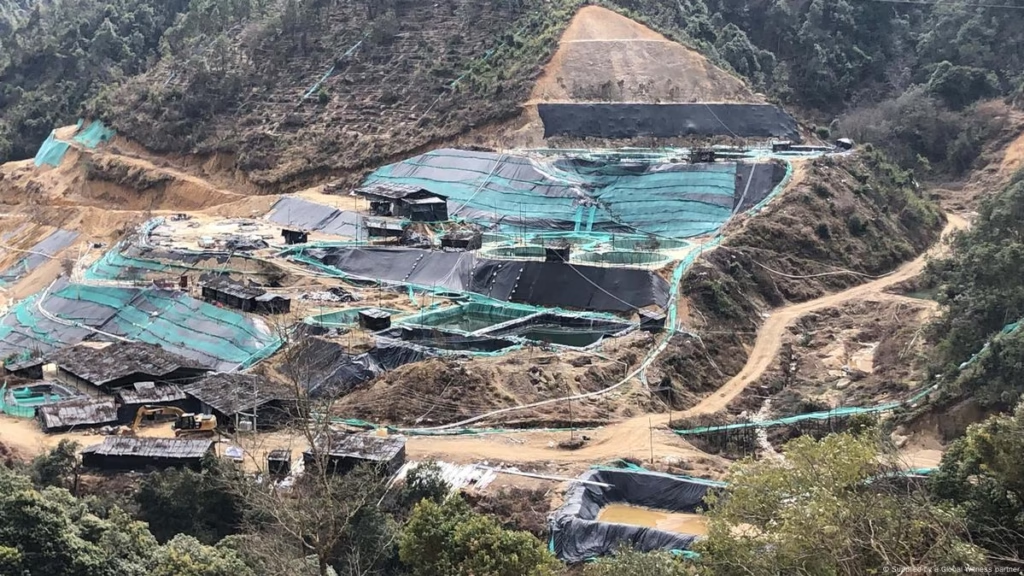CHIANG RAI – The Minister of Natural Resources and Environment, Mr. Suchart Chomklin, has directed the Department of Water Resources in Chiang Rai Province to act quickly on resolving Kok River water quality issues.
He ordered a survey of village water systems within a 1‑kilometre radius along the Kok River, and tasked the Department of Water Resources to address drinking water and irrigation needs. The plan includes sourcing surface water to support local systems and upgrading distribution so residents have safe, clean water.
Mr. Teerachoon Boonsit, Director‑General of the Department of Water Resources, said an initial review by the Water Resources Office 1 found 45 village water systems within 1 kilometre of the Kok River.
Of these, 29 are groundwater systems and 6 are mountain-fed systems, with no water quality impact reported. Ten systems draw surface water from the Kok River. Testing showed that 3 of those meet standards.
To support areas with problems, the department has already identified one replacement surface water source, the Nong Khrai Khrang distribution project. This will supply Ban San Sai Ngam, Moo 5, in Dong Mahawan, Wiang Chiang Rung district, Chiang Rai.
The project involves laying over 7 kilometres of pipeline to deliver enough raw water for local treatment. Once complete, it will help more than 265 households. Two more projects are under survey and design, at Rim Kok village and Mueang Ngim village in Mueang Chiang Rai district.
The Director‑General also instructed staff from Hydrology Division 2 in Chiang Rai to monitor water quality at the Kok River bridge sampling site. This work falls under the Mekong River Commission’s Water Quality Monitoring Network (WQMN).
Analysis by the Water Quality Analysis Section, Research, Development and Hydrology Division, shows that overall water quality is fair. The department will continue routine checks, expand sampling plans, and share lab results with the Pollution Control Department and Chiang Rai Province.
Five key Projects are Moving Ahead to Improve Water Quality in Chiang Rai:
- Upgrade solar-powered pumping systems to support the “Following in Father’s Foot Steps” initiative in the 37th and 43rd Military Circles, Rob Wiang, Mueang Chiang Rai.
- Restore the Long Kok watercourse with a solar-powered distribution system at Ban San That, Moo 4, Wiang, Chiang Saen.
- Improve the solar-powered distribution network at Long Kok water source, Ban Huai Charoen, Moo 6, Mae Khao Tom, Mueang Chiang Rai.
- Build a solar-powered distribution system at Ban Rong Jok, Moo 9, Ban San That Mai Pattana, Yonok, Chiang Saen.
- Construct a distribution system on the Nam Ma stream, Sri Muang Chum, Mae Sai.
The Department of Water Resources is mobilizing teams and resources to resolve drinking water and agricultural supply issues in line with the policy set by Deputy Prime Minister Suchart Chomklin.
Myanmar Mines Contaminating the Kok River
The Kok River rises in Myanmar’s Shan State, crosses into northern Thailand through Chiang Rai and Chiang Mai, then meets the Mekong. It has become a victim of unregulated mining just across the border.
Since late 2024, Chinese-owned gold and rare earth operations in Wa-controlled areas have been dumping untreated waste into the river. The effluent carries arsenic, mercury, and cyanide, staining the water a stark orange-yellow. Tests show arsenic approaching five times the international safety limit of 10 micrograms per litre.
Thai communities first saw the damage in March 2025. Discoloured water, mass fish deaths, and rashes on people who bathed in the river were clear signs. Even elephants showed skin problems.
Thousands of fishermen and farmers now face lost income, unsafe drinking water, and risks to crops that rely on river irrigation. Pollution is moving downstream, raising fears of a wider ecological crisis.
Thai authorities have warned against using river water or eating fish. Local protests continue, and Bangkok has pressed Myanmar’s junta and China to act. Yet the contamination goes on amid Myanmar’s civil war. This is a cross-border pollution emergency that needs firm regional action and real enforcement to stop further harm.
















